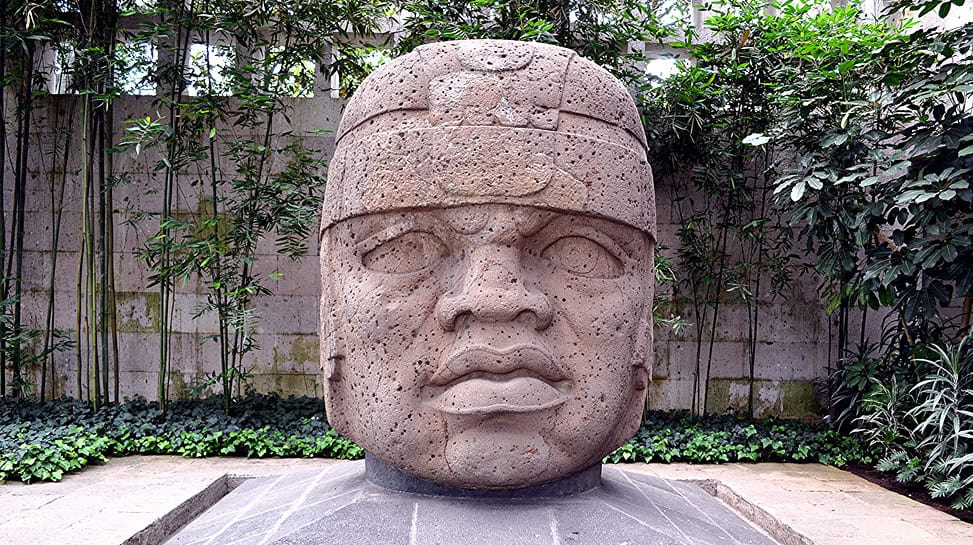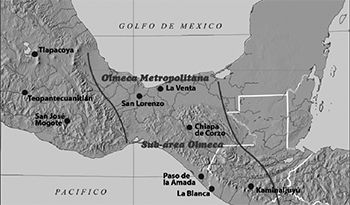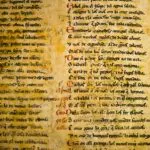The Mixe-Zoque people of Southern Mexico have a rich cultural history that has been largely lost to history. This language family is tied to major civilizations in Mesoamerica. Civilizations such as the Olmecs, Epi-Olmecs, and Teotihuacan. Trying to reconstruct their history is not an easy task due to very few records and archaeological data. What we do have is linguistic data. The Mixe-Zoque language family still exists today in the Mexican states of Oaxaca, Veracruz, Tabasco, and Chiapas. By tracing the hisotrical linguistics of the language family, we can attempt infer a homeland and migrations.
One method we can use to trace a possible homeland is something called a random walk. At first, this might sound like something out of a math class, and, well, it is. But the idea is actually pretty simple. Imagine someone walking across a landscape, one step at a time, without a specific direction. Each step is decided randomly, maybe they head north, maybe east. Over time, their path wanders all over. That’s a random walk.
Now imagine this as a model for how people and languages spread out over time. Groups move, settle, split off, and gradually change the way they speak. These small changes add up, and eventually we get new dialects, then entirely new languages. If we can simulate how that spreading process might have happened, we can start to estimate where it began, the original homeland.
This is the kind of approach I’m using to study the Mixe-Zoque language family. By combining what we know about the relationships between the modern languages with information about geography, like mountains, rivers, oceans, and valleys, we can simulate thousands of possible migration paths. We then compare those paths to where the languages are spoken today. The starting points of the most likely paths give us clues about where Proto-Mixe-Zoquean, the ancestral language, may have first been spoken.

The beauty of this method is that it doesn’t rely on written records or artifacts, just the geography and the languages themselves. It gives us a way to use data that still exists to reach back into a past that’s otherwise hard to access.
This kind of model doesn’t give us one exact village or valley. Instead, it highlights a region, a “best guess” based on the patterns we see. It’s not perfect, but it’s a powerful tool, especially when paired with archaeological and cultural evidence. In the case of the Mixe-Zoque languages, if the model points toward the Gulf Coast, that could support the theory that these were the languages of the Olmecs. If it points inland or south, that could change our understanding of how the Mixe-Zoque people and their influence spread through Mesoamerica.
Reconstructing the past through language isn’t easy. But even in the absence of written records, the words people speak today still carry echoes of where they’ve been. With the help of mathematics and a lot of patience, we can start to follow those echoes back to their source.





